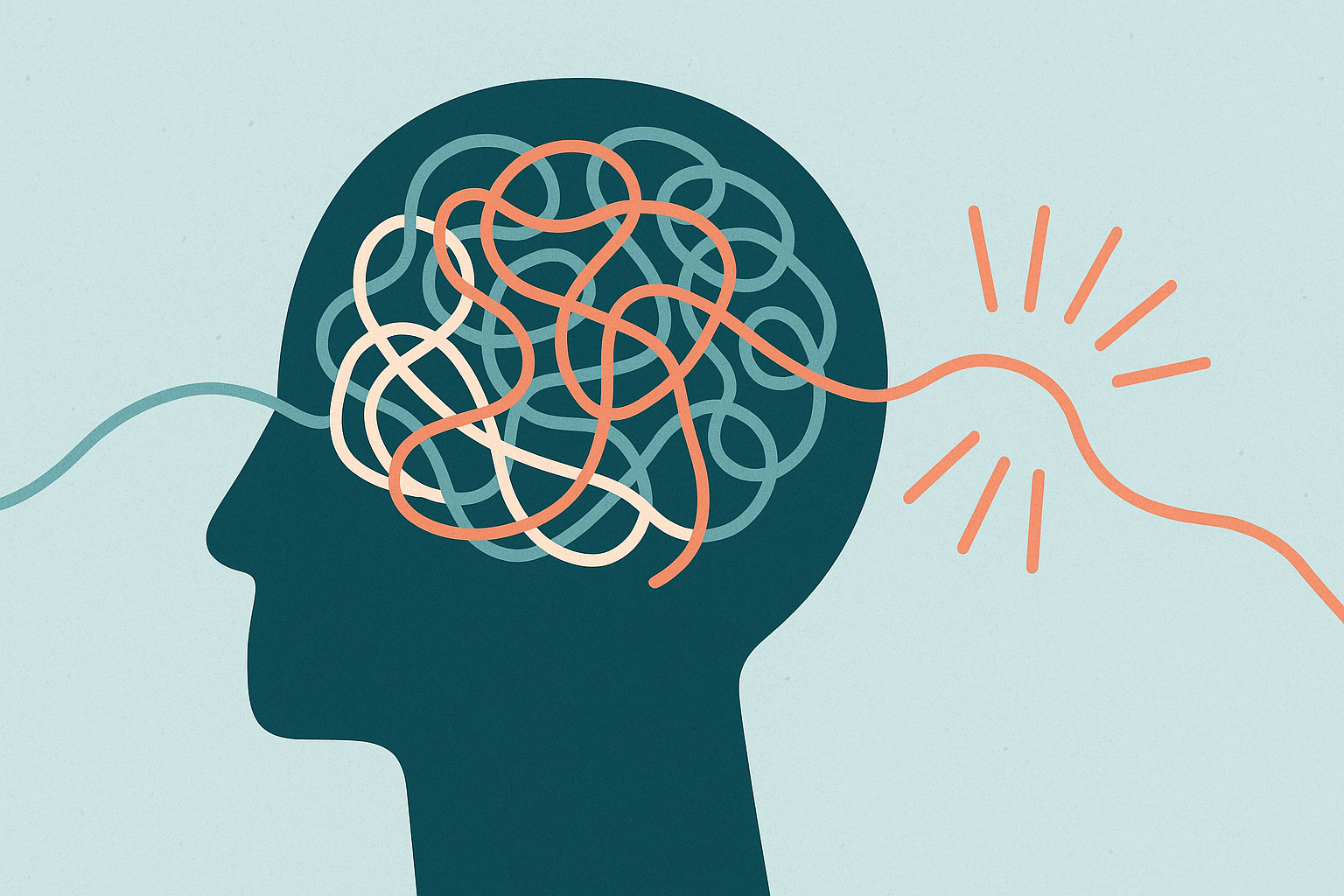5 Signs You're Stuck in a Dysregulation Cycle (And How to Break Free)
Recognize the warning signs of emotional dysregulation in relationships and discover the first steps to regaining balance.

When Your Emotions Take the Wheel
We've all been there: that moment when emotions overwhelm us, and before we know it, we've said or done something we regret. In these moments, it's not really "us" in control—it's our nervous system responding to a perceived threat.
At BetterLove, we call this dysregulation—a state where our nervous system moves us away from connection and into protection mode. Understanding dysregulation is crucial because it affects not just how we feel, but the health and quality of all our relationships.
The Physiology Behind Your Relationship Struggles
What many people don't realize is that relationship difficulties often stem from physiological responses, not character flaws. Neuroception and Polyvagal Theory explain the different ways our nervous system responds to cues of safety and danger without conscious awareness. Neural circuits distinguish whether situations or people are safe, dangerous, or life-threatening, triggering automatic responses.
These automatic responses can create barriers to connection, turning small disagreements into full-blown conflicts before we even realize what's happening.
5 Warning Signs You're Caught in a Dysregulation Cycle
Here are the tell-tale signs that dysregulation might be affecting your relationships:
1. The Spark Becomes a Blaze
Dysregulation begins as a spark and quickly turns into a blaze. Before you know it, a minor irritation has escalated into overwhelming emotions that seem impossible to control. You might notice yourself becoming disproportionately upset over small issues.
2. Physical Symptoms Take Over
Your body gives clear signals when you're dysregulated. Common physical signs include:
- Shallow breathing
- Racing heart
- Tightness in your chest, stomach, or jaw
- Sweaty palms
- Restless legs or fidgeting
Recognizing these physical cues is your first clue that your nervous system is activating its defense mechanisms.
3. Communication Breaks Down
When dysregulated, your ability to listen and express yourself clearly diminishes. You might find yourself:
- Interrupting
- Speaking louder than necessary
- Shutting down completely
- Finding it difficult to find the right words
4. The Same Arguments Keep Repeating
Our attachment history impacts our current emotional regulation. When emotional residue shows up as triggers and activates our body's fight-flight systems, it's often our previous attachment vulnerabilities showing up. This creates repetitive conflict patterns that never seem to reach resolution.
5. Reactions Feel Automatic and Uncontrollable
In moments of dysregulation, your responses feel reflexive rather than chosen. You might later wonder, "Why did I react that way?" or feel your behavior was out of character. This happens because your prefrontal cortex—the rational part of your brain—temporarily takes a backseat to your limbic system's threat response.
The Path to Regulation: First Steps to Breaking Free
While deep, sustainable change requires comprehensive skill-building, here are some initial steps you can take to begin shifting out of dysregulation:
Recognize Your Spark
Knowing your "spark"—the very first physical signs of dysregulation—is key to preventing your nervous system from taking over. This awareness gives you a crucial moment of choice before the blaze of dysregulation takes hold.
Connect with Your Breath
The most accessible regulation tool we have is our breath. Through the nose is best—practice long, slow intentional breaths, pausing at the top (full) breath and bottom (empty) breath. Even 60 seconds of mindful breathing can begin to shift your nervous system out of defense mode.
Ground Yourself in the Present
Connect yourself back to the earth by focusing on your senses. Count down from five, dig your heels into the ground, touch an object, pay attention to what is happening around you. Remind yourself you are safe. These grounding techniques help your nervous system recognize that you're not actually in danger.
Name What's Happening
Simply acknowledging "I'm becoming dysregulated" can create space between you and your automatic reactions. The act of naming our experience actually helps regulate the nervous system and activates our prefrontal cortex.
Beyond the Basics: Developing Your Regulation Practice
While these initial steps can help in moments of dysregulation, developing a comprehensive regulation practice is essential for long-term relationship health. The journey from dysregulation to regulation involves creating personalized strategies that work for your unique nervous system.
At BetterLove, we guide participants through developing their own regulation plan that addresses:
- Physical awareness techniques
- Personalized grounding practices
- Breathing exercises tailored to your nervous system
- Boundary-setting for energy management
- And much more
Our comprehensive approach helps you not only recognize dysregulation but transform your relationship with it, creating new neural pathways for connection rather than protection.
Your Relationships Deserve More Than Reactivity
When we operate from a dysregulated state, our relationships suffer. We miss opportunities for connection, create unnecessary conflict, and often hurt those we care about most.
Learning to regulate your nervous system isn't just self-improvement—it's relationship improvement. It's how we create space for the love, connection, and belonging we all deeply desire.
BetterLove is a movement to make people aware of a simple, actionable sequence that illuminates the neuro-pathway to love. Through our program, you'll create your own dynamic personal practice that transfers to all the people around you—from partners and children to colleagues and community members.
Ready to move from dysregulation to regulation and transform your relationships? Explore our approach or discover our courses to begin your journey toward better regulation and deeper connection.
Love Better. Live Better. BetterLove.




